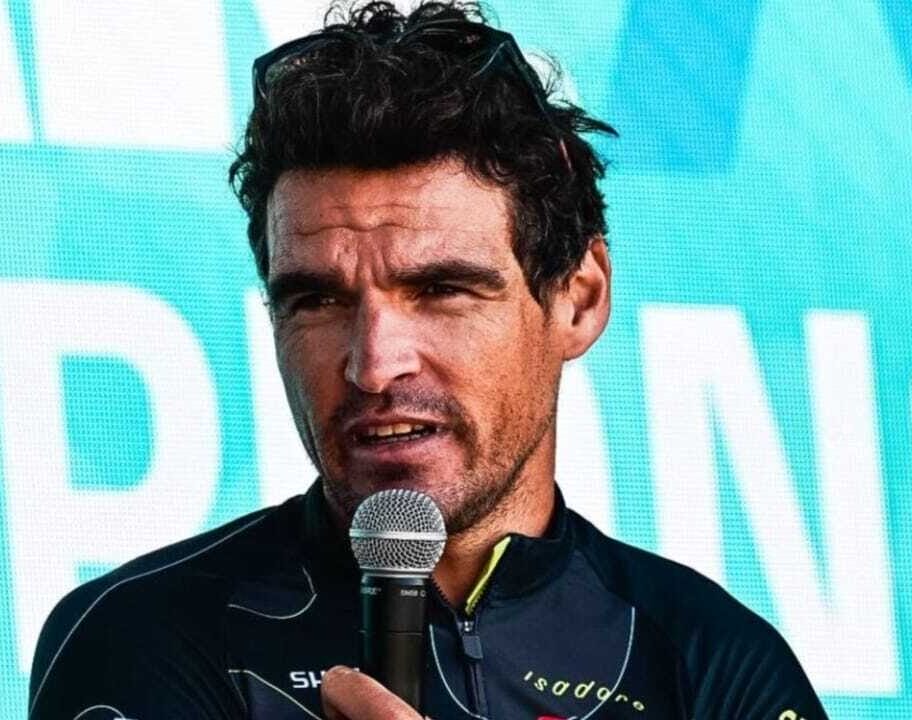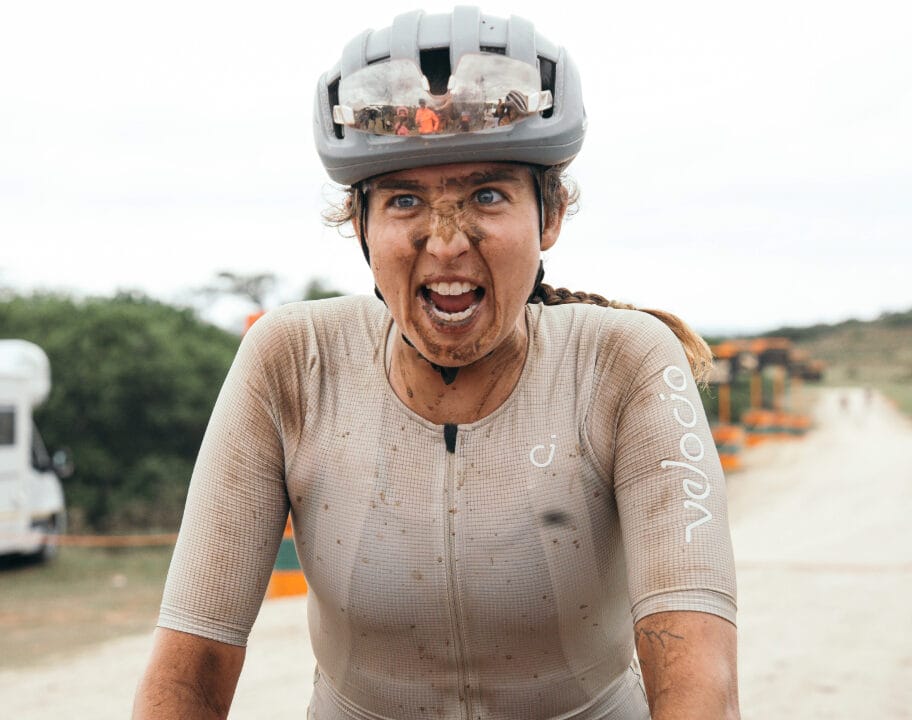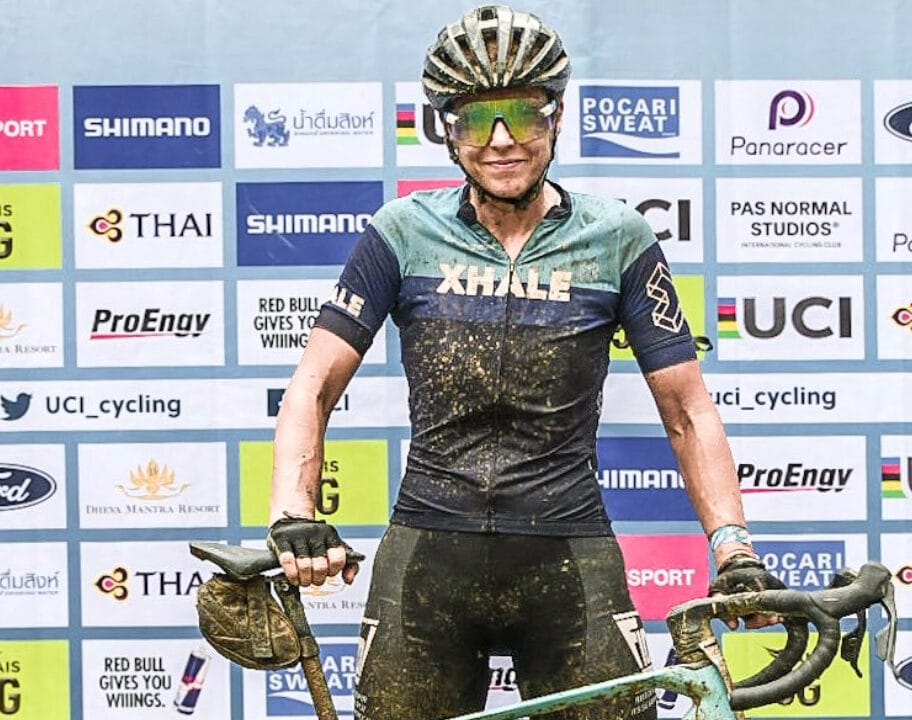The idea of cycling for days on end seems incredibly appealing. Just you, the whir of the bicycle and the open road. But the reality is that long days in the saddle, especially back to back big mileage days, demand preparation.
While World Tour riders are accustomed to riding epic routes like the Tour de France or the Giro d’Italia – and make it look easy. Building endurance on the bike requires consistent dedication and structured training.
Whether you’re training for a bikepacking trip, your first 100-mile ride or simply looking to enjoy some longer days on the bike without bonking. You can improve your cycling endurance through consistency, riding intervals, fuelling well and having a good recovery strategy. Keep reading to get some tip and insights from expert cycling coaches, sports scientists and nutritionists on how to improve your endurance on the bike.
Get consistent
Improving cycling endurance starts with getting on the bike and being consistent with riding.
“Start with consistent weekly volume. Ride 3–5 times per week, gradually increasing ride duration,” says Jakub Novak, former pro cyclist and cycling performance coach at Pro Cycling Coaching.
“Add one longer ride each week to build time in the saddle. I also recommend focusing on different aspects of your cycling fitness each day. For example, have one day with more intense training, another day focusing on lower cadence or higher cadence repeats at moderate intensity, another day on comfortable but longer steady endurance.”
Add structure to your training to turbo charge your cycling fitness
Once riding consistently, it’s time to think about structuring your training and mixing in some intervals and long rides to tailor the specifics of the training response.
Short bursts of acceleration where you ride above your usual endurance pace are called intervals. These help increase your body’s adaptations and overall aerobic capacity, compared to riding at a steady pace on a long ride for example.
“The lowest hanging fruit is actually lifting threshold, so your Functional Threshold Power (FTP), and interval training is excellent for this,” explains Peter Leo, performance coach of Team Jayco Alula and sports scientist for the Australia Cycling team.
“A classic interval structure is 4 x 5 or 5 x 4-minute efforts. Some people will do more and some less but the sweet spot is between four-to-eight-minute intervals.
“It’s easier to express power output riding uphill because of the additional gradient forces you experience, so try these intervals on a four to seven percent gradient.”
Intervals also offer a good way for improving your endurance even when you don’t have much time.
“With planned intervals, you’re not just riding hard, you’re also targeting specific systems like aerobic capacity or threshold,” adds Novak.
“That gives each session a clear purpose, helping you improve exactly what you need. Just 1–2 sessions per week can make a big difference, especially when time is limited.”
What about training within heart rate zones?
Training within your heart rate zones is a good indicator of aerobic capacity, but taking a holistic view is best.
“Heart rate zones are a great indicator especially for repeated sessions as looking at the time spent in zones is linked to strong adaptations in maximum aerobic capacity,” says Leo.
“From a pacing point of view, I would not use heart rate too much because people underestimate the kinetics as it takes two to three minutes to get the heart rate up and start too hard.
“If you go out too hard you won’t be able to keep the power. Towards the end of the interval, in the last one or two minutes, the target heart rate is always a good reference point.”
Short vs long term gain
It’s also important to take a long-term view when improving your endurance.
“If you want to look for short term gains, shifting to a high intensity interval structure is the way to go and is beneficial,” says Leo. “But then what comes next?”
“For long term benefits it’s all about balance with your training volume so you’ve got to keep the training volume in mind. Accumulating volume is the biggest trigger to improve endurance capacity.”
Riding long isn’t just about fitness – fuelling properly is also key
Given you need to be riding for longer, nutrition is also crucial for providing enough energy to keep you going on the bike.
Without the correct fuelling, and consuming enough carbohydrates, you won’t reach your potential – and you could experience the dreaded ‘bonk’. A term in cycling used to refer to when a rider has underfuelled and experiences a major energy dip which leaves them struggling to keep the pedals turning.
“Doing three rides a week without any carbs or just a banana and only water, you won’t reach your maximum training potential,” says Martijn Redegeld, the head of Performance Nutrition Program at Amacx Sports Nutrition.
“General guidelines are 60 grams per hour for endurance activity, so if you go just for a two-hour easy ride, then even 90 grams and especially 120 grams is enough. Once you’re doing longer rides and it gets really demanding then you want to be hitting the recommended limits.
“Overall, it doesn’t really matter if you take the expensive gels or bars or if you take a banana or a sandwich or whatever. As long as it’s rich in carbohydrates and easy to get down on the bike, it’s a good choice.”
How to fine tune your nutrition for cycling
A key part of fueling for a long ride is testing your nutrition strategies and training your gut to consume gels and snacks on the go and absorb the necessary amounts of carbohydrates efficiently.
“It’s very, very hard to determine your absorption limit precisely, and the best way to do it in a simpler, more practical way is to just trust your gut feeling,” adds Redegeld.
“If you feel any discomfort, any burping, or any issues on the toilet, that’s an indication that a substantial amount of carbohydrates has not been absorbed – but you can train your gut.
“You can improve your body in dealing with these high amounts of carbohydrates, and you can basically train the absorption into the body.
“It’s not only the amount of carbohydrates that can be the rate-limiting factor; hard efforts, hot temperatures, big fluid intakes, and maybe some stress all affect the functioning of the gut. Tolerating 120 grams per hour for two hours on an easy ride doesn’t mean that you tolerate it in a five-hour, very hard and hot mountain stage.
“When training gets more demanding, then you want to increase that carbohydrate target above 60 grams per hour, and from that point it starts to become important to look into the carbohydrate ratio.”
Giving your body the right nutrients to recover from rides is also important.
“For recovery, a glass of chocolate milk can be a very good recovery drink, as it comes close to a recovery shake,” adds Redegeld.
“You can also take some yogurt with a banana and honey to get the same thing, or a few slices of bread with some chicken or cheese – they all provide carbs and protein.”
Building endurance on the bike will take time, effort and a bit of patience. But by building up your time in the saddle, adding some structure and focus to your shorter rides and focusing on fuelling your body for the effort. The big miles will soon start to feel that bit easier.




